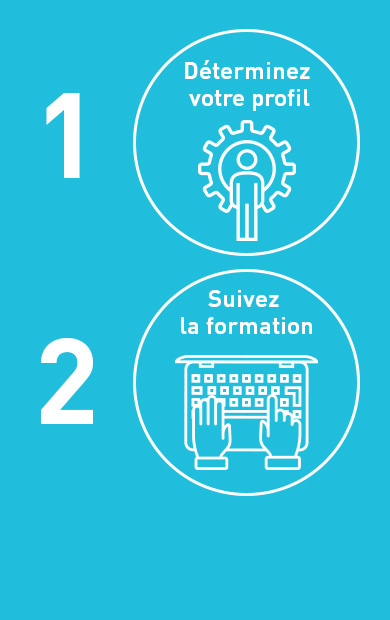Uptool, what is it?
Digital technology, changes in the way we learn and the impacts of COVID have strongly impacted the use of digital technology in learning. But training through an asynchronous training module is not done in the same way as in person.
One of the advantages of digital technology consists of the possibility of taking into account the specificities of the learner, and of personalizing the content. But to achieve this, a certain number of good practices must be applied.
The objective of the UPTOOL project is to analyze the effectiveness of several digital approaches, on a large volume, in order to derive good design practices based on the user profile.
The project is based on 3 training modules: digital acculturation, media acculturation, and the fundamentals of mathematics.
Each module is produced with 3 different approaches: a text version, a video version, and a gamified version.
These modules are open to everyone, you can register directly at: https://uptool.formavisa.eu
If you wish to make multiple registrations, you can contact us directly.
Following the tests carried out during the project, we have consolidated good practices for the digital trainer in a training module, accessible to all.
https://uptool.formavisa.eu
Uptool, how does it work?
The Uptool project is based on the implementation of a Learning Analytics system.
In an anonymized manner, we collect a lot of consultation information when a learner follows a module.
This information includes for example:
- time spent on each screen
- the time taken on each screen before taking an action
- the number of exits / access to the module before completion
- the number of exits / access to the module after completion
- the time between each access / exit
- the number of interactions with the content
- active/inactive time on the module
- the progression within the module
- the number of exits from the tab while consulting the module
- if not completed, the abandonment screen (last screen visited)
- video viewing modes (rapid forwarding, frequency of pauses)
- whether or not to display subtitles
We then analyze this data, and compare it with learners' scores on entry or exit quizzes, to determine the possible impact of the learning context.





